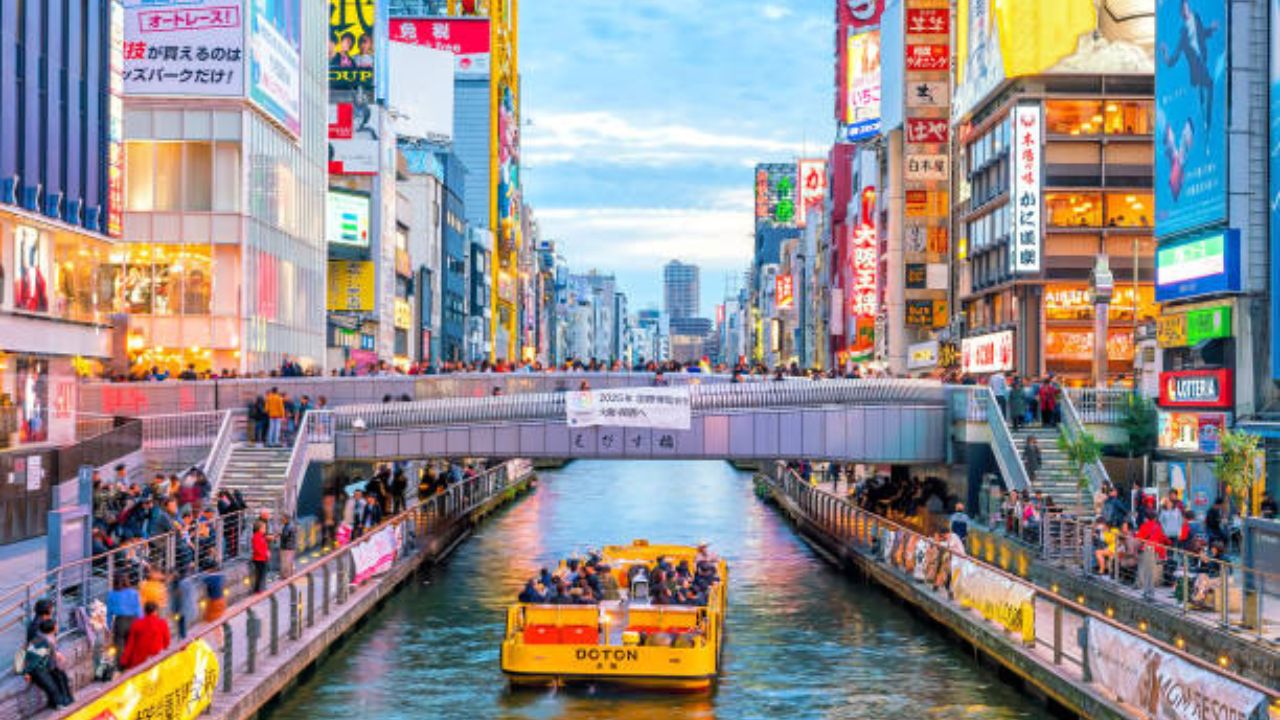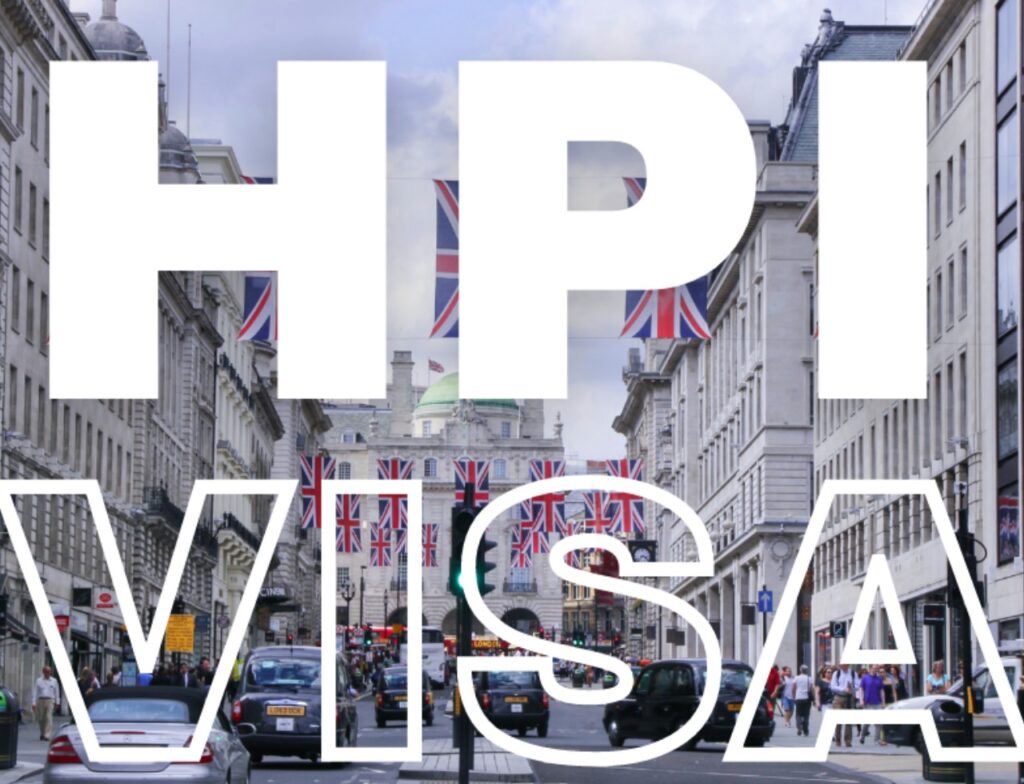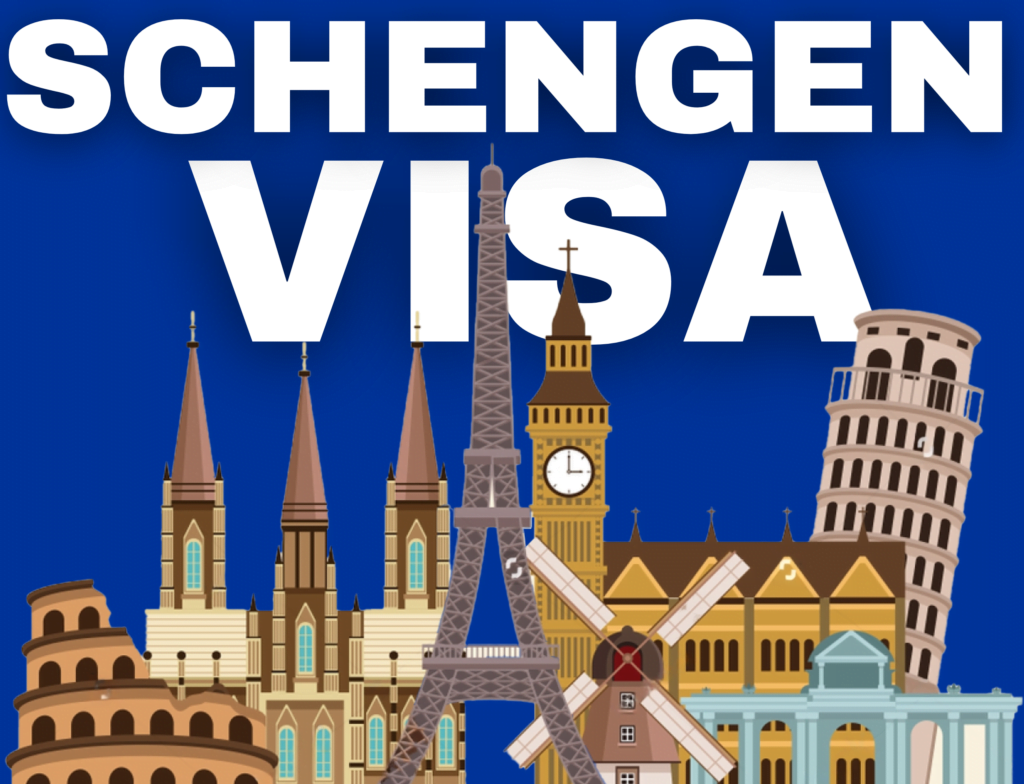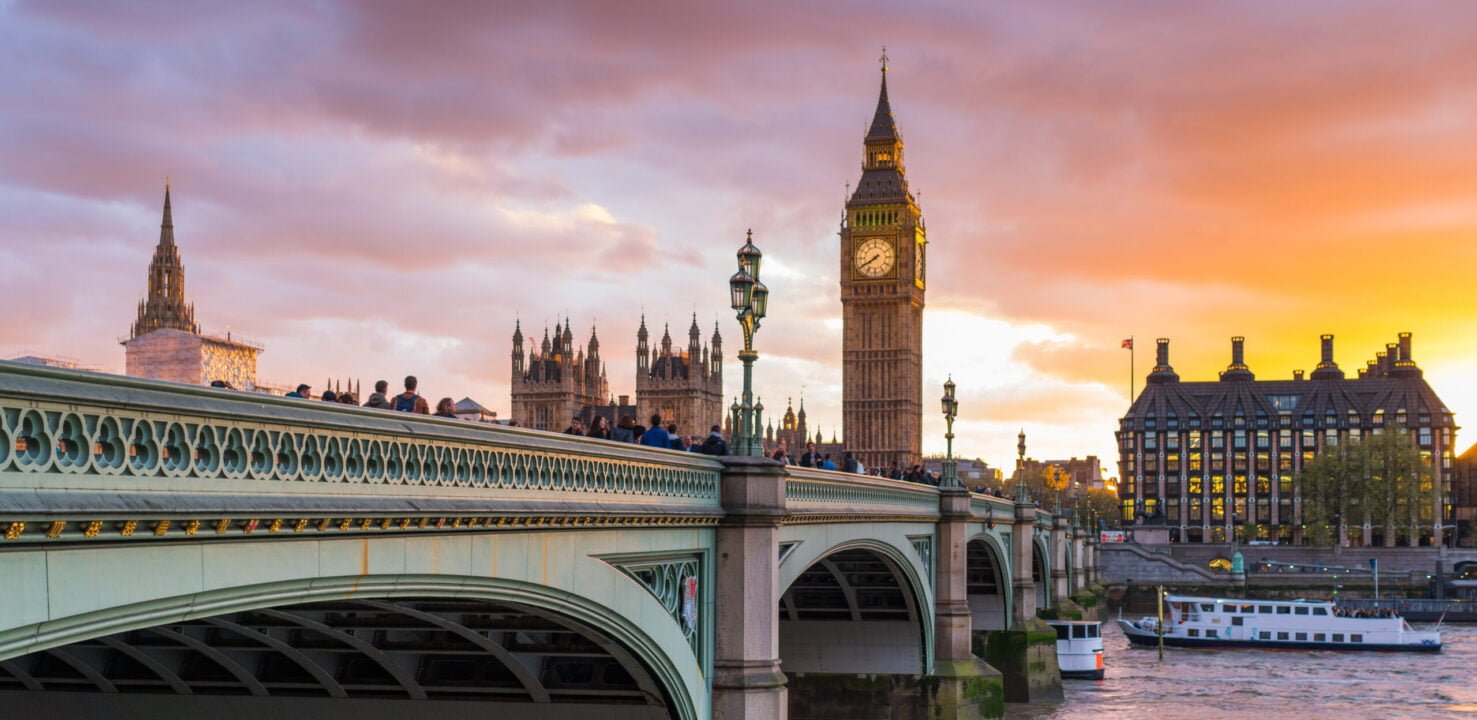Japan is now on the way to making its immigration process easier with a new preclearance system in place as it is seeing a surge in tourism. Beginning January 2025, this initiative will start with tourists from Taiwan and help make travel a lot easier by allowing most of the immigration procedures to be completed before departure. This happens at a time when Japan hits an all-time high in tourists, thus vastly improving its economy.
Record tourist numbers drive economic growth.
Tourism’s new high: This half-year visitation rate has reached as much as approximately 17.8 million, according to the Japan National Tourism Organisation, and this is definitely the highest the country has ever received in terms of tourists. June is already the fourth month in a row that over 3 million travellers visited the country, which surged primarily due to the weakened yen that turned Japan from an expensive nation into a country with an affordably priced currency for international tourists.
Prime Minister Fumio Kishida said that with this tourism boom, the spending of foreign visitors could reach ¥8 trillion ($51 billion) in 2024. He stated that he wanted to encourage local areas to develop tourism while avoiding overtourism issues by not having popular spots congested. Kishida also urged the use of technology to reduce overcrowding at airports and destinations, promote national parks, and promote sports tourism. It targets 60 million visitors every year by 2030.
Japan Preclearance System to Make the Immigration Process Smooth
One of the essential developments associated with the immigration process in Japan is the newly introduced preclearance system. The system targets reducing waiting times by having tourists go through most of their screening before they even leave, thus making entry procedures smoother. The scheme would first be introduced to tourists from Taiwan, with other countries following suit.
The timing of this new system could hardly be worse, with a huge rush for travel. ANA Holdings Inc. announced the introduction of new European routes from Haneda, including Milan, Stockholm, and Istanbul. The carrier also resumed daily flights to Paris and Munich in July before the Paris Olympics and is planning to restart the Haneda-Vienna route in August.
Overcoming Obstacles and Local Backlash
Certainly, challenges abound, including a shortage of jet fuel that has hit foreign carriers. The Japanese government is now working to avoid a possible crisis with stepped-up production and imports. Prime Minister Kishida told the council to urgently take measures to secure supplies.
The tourism inflows have also brought growing discontent among some residents. In Kyoto, the local district council banned visitors last year from narrow private streets in the Gion district. Here, authorities in Fujikawaguchiko erected barriers to prevent tourists from taking photos at a convenience store with Mt. Fuji in the background. The measures represent a balancing act between tourism promotion and the preservation of residents’ quality of life.
Economic Impact and Future Prospects
The tourism boom is breathing much-needed life into Japan’s economy, which has been reeling under the effects of a weak yen. It hit a 38-year low against the dollar—something that, on the one hand, is bringing tourists in droves but has also stoked inflation and hurt domestic consumer spending. In the April-June quarter, foreign visitors spent ¥2.14 trillion, showing that tourism has a huge economic impact.
If record numbers of tourists are to continue making the transpacific flight to Japan, it will have to be on the government’s coattails, with seamless immigration procedures and attempts to mitigate some of the more negative influences visitors are having on locals. This new preclearance system shows a very forward-thinking mindset for dealing with the challenges and opportunities that come with increased tourism.





